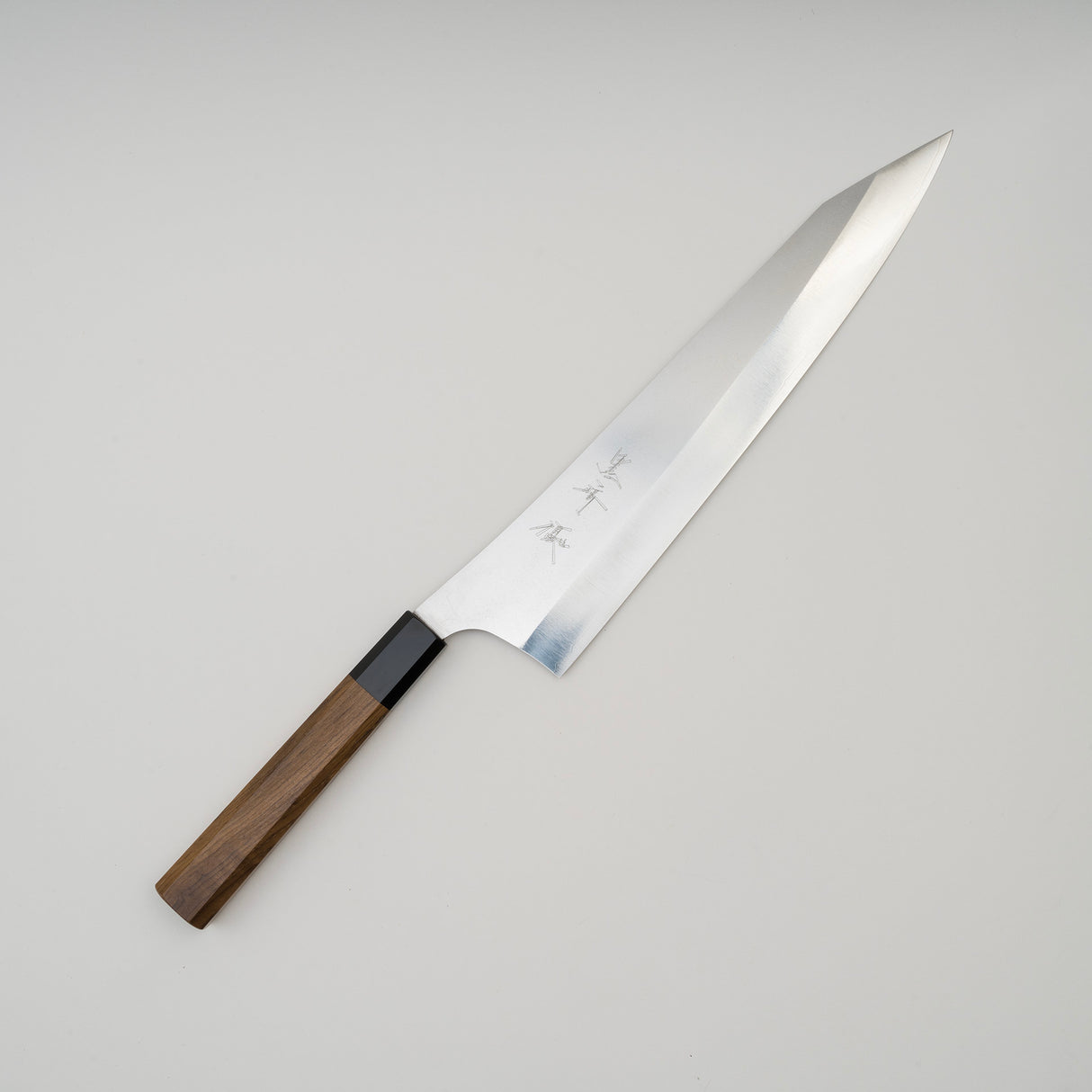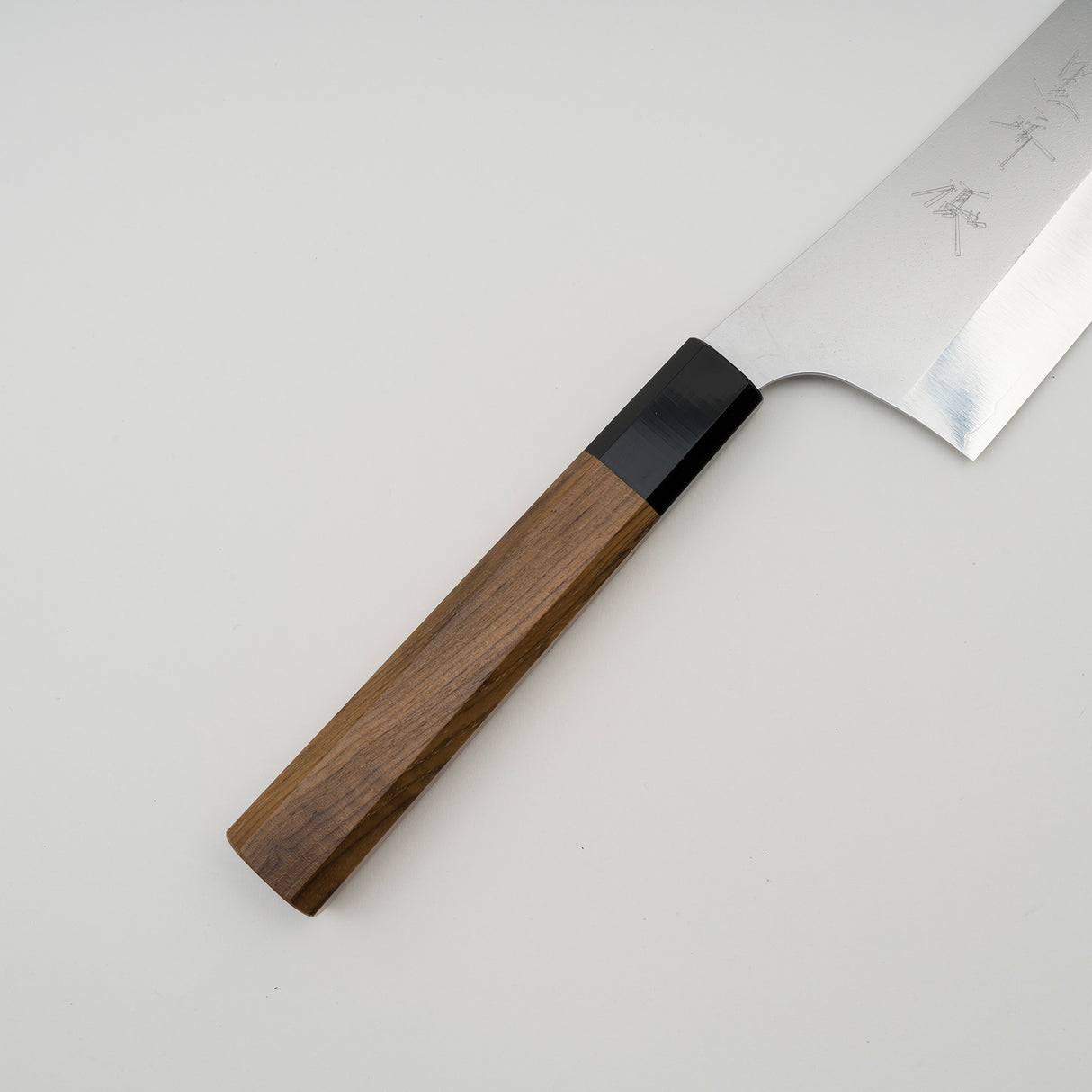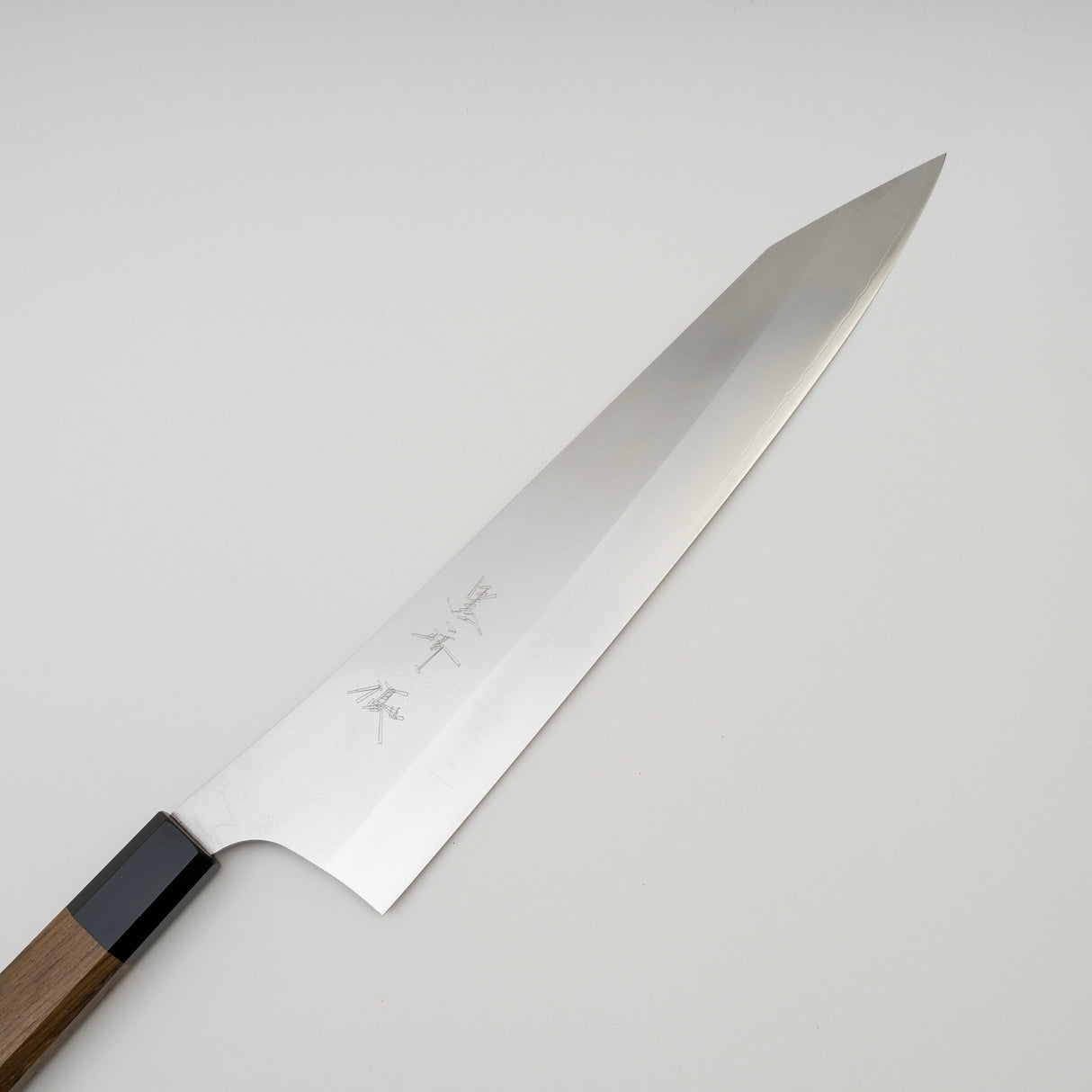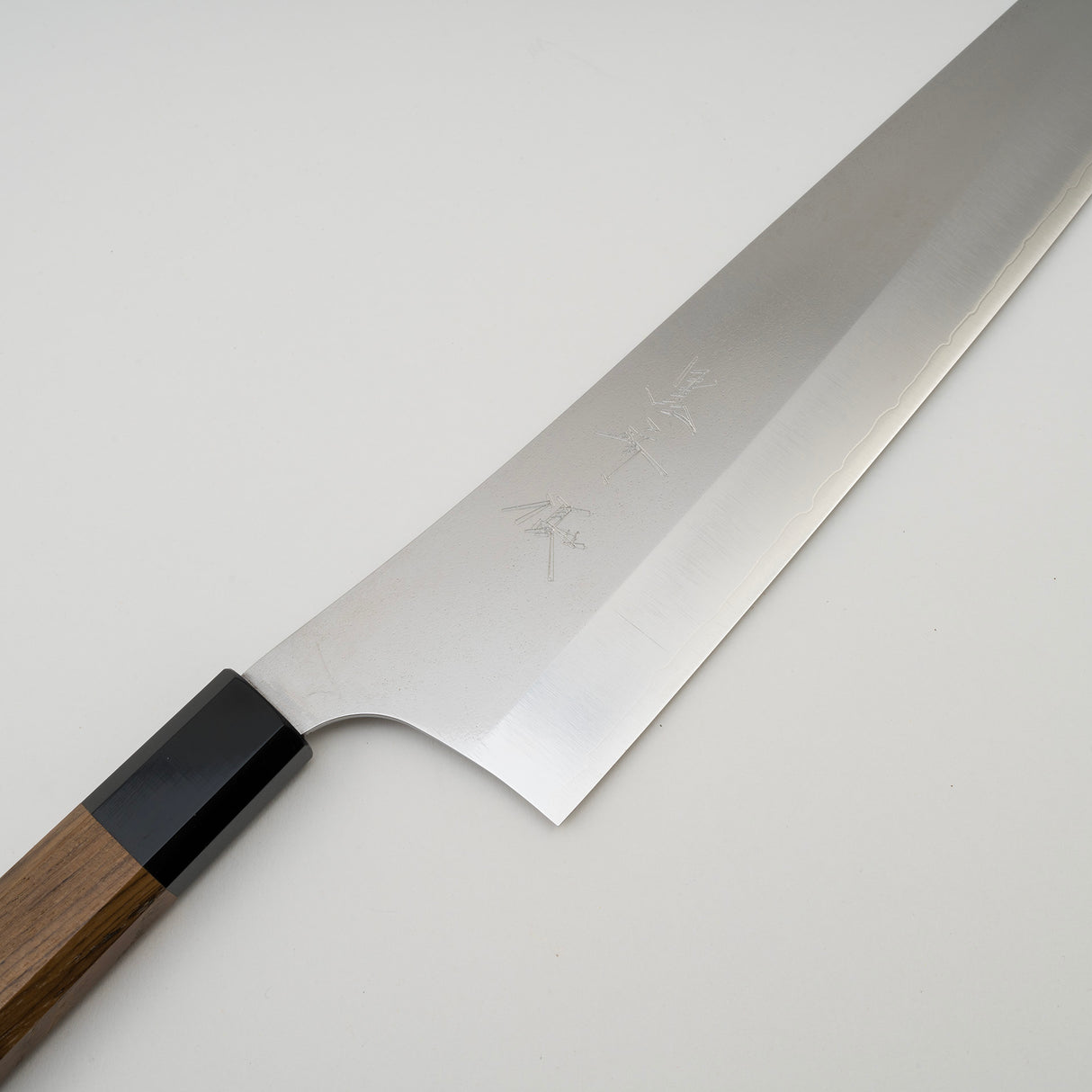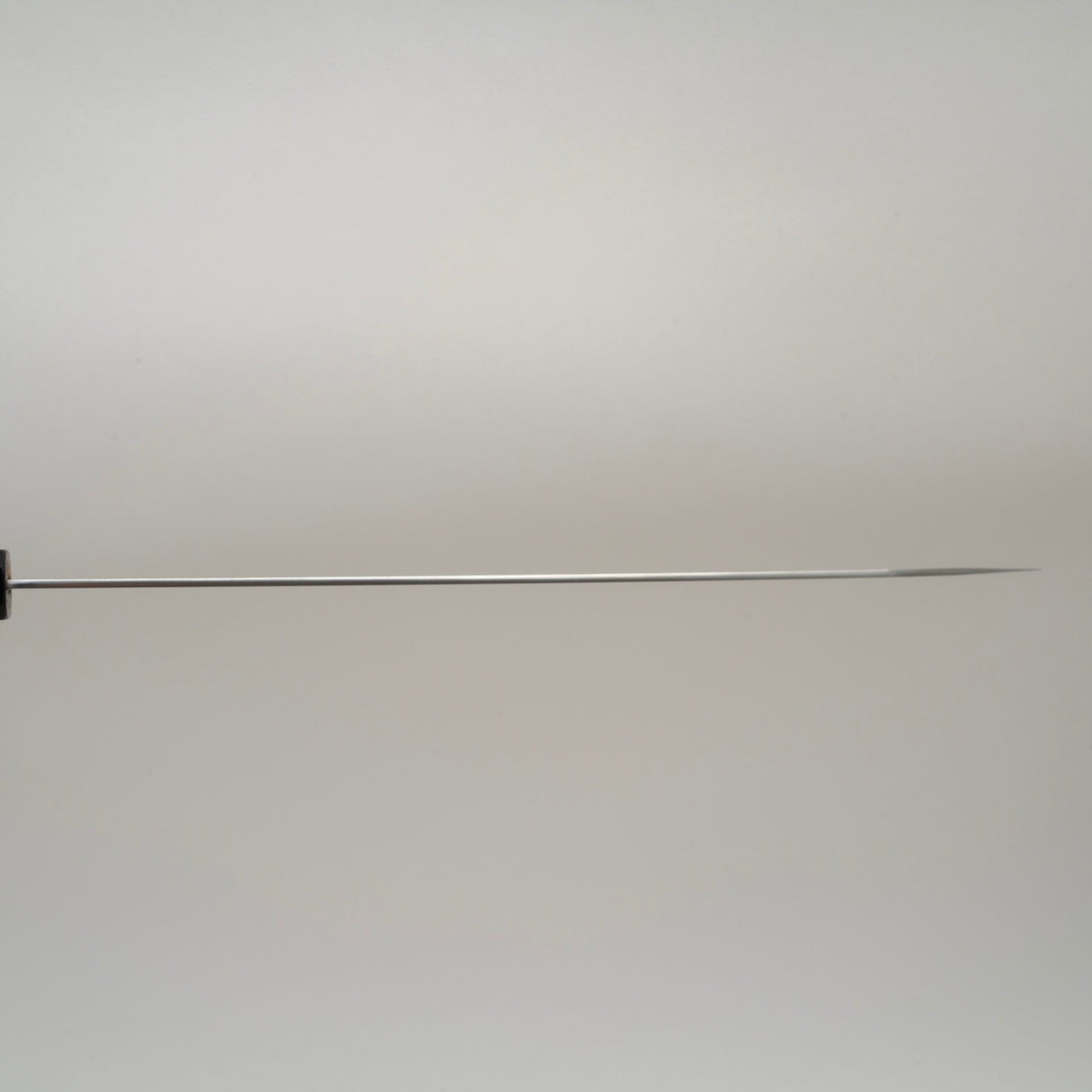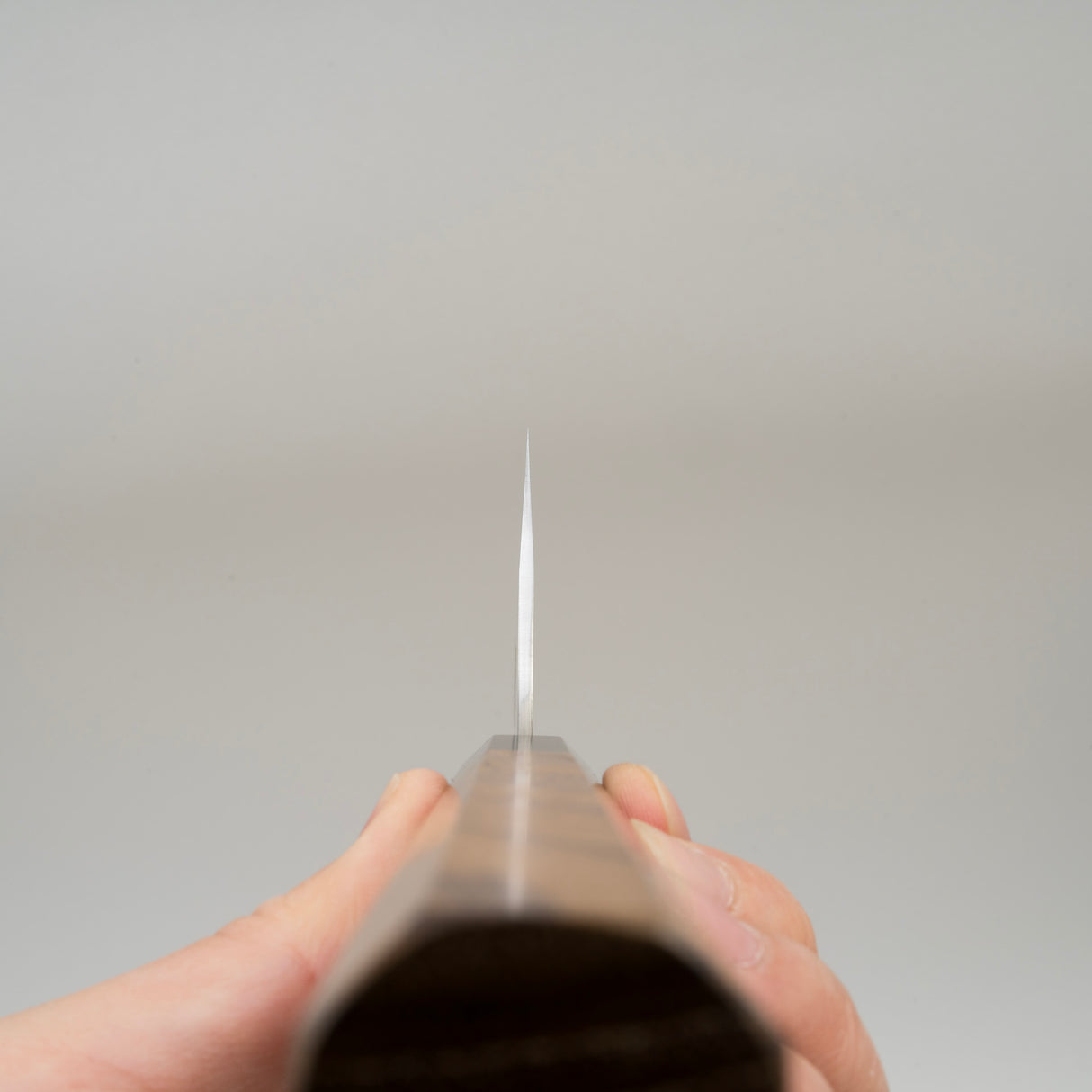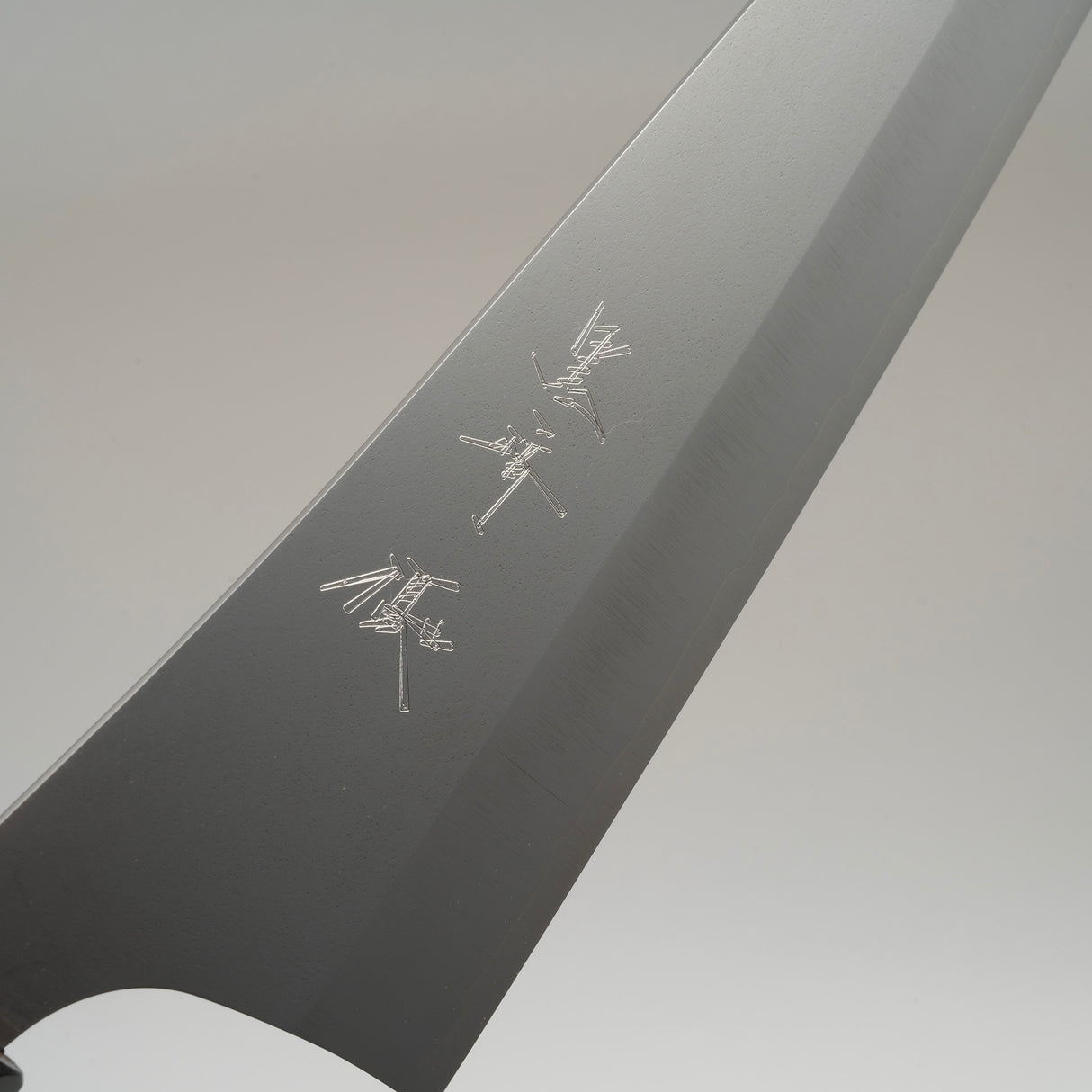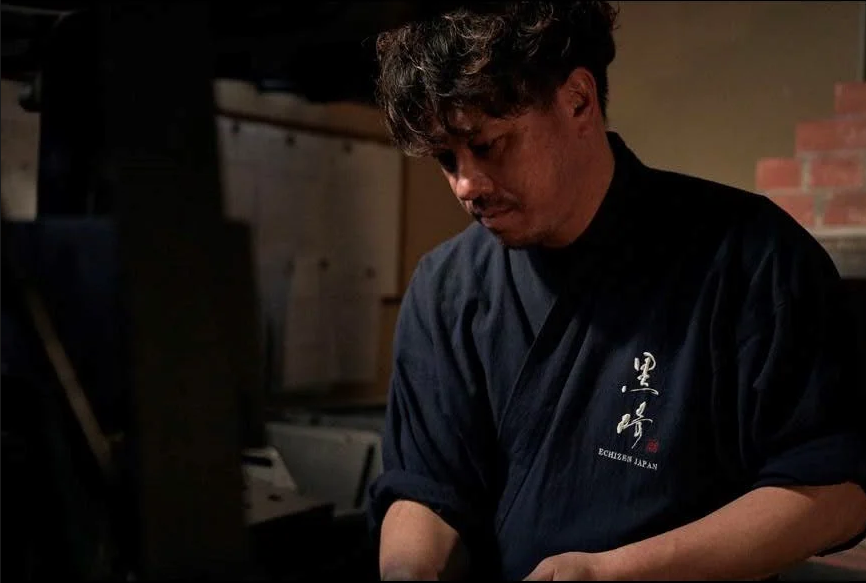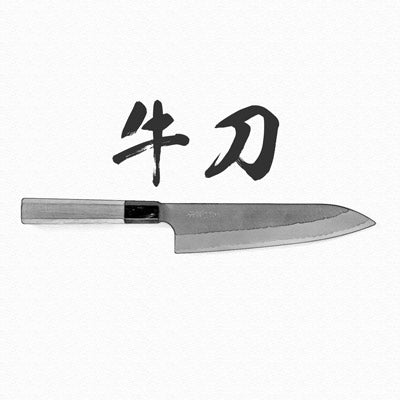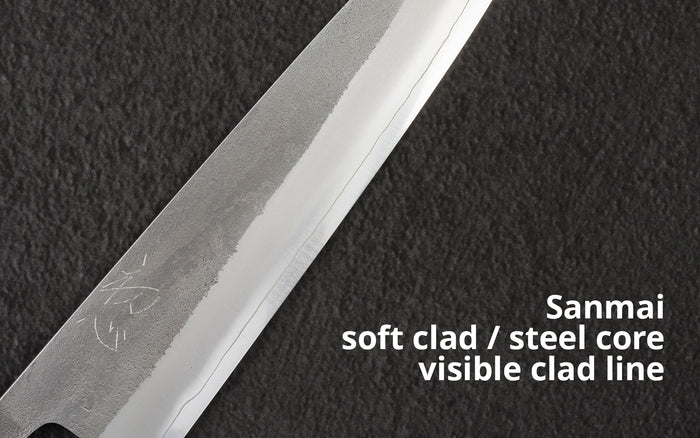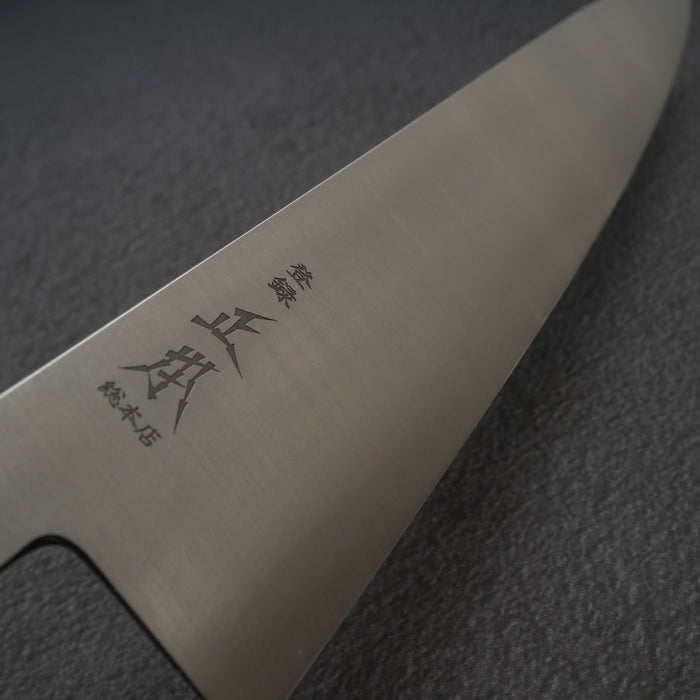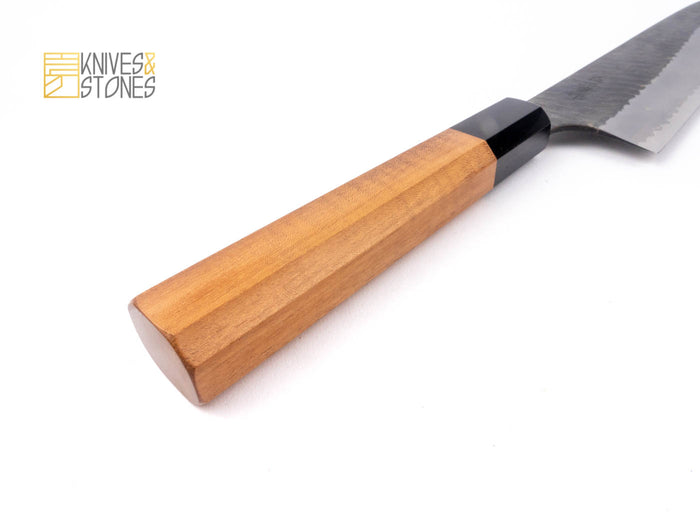Kurosaki | SKU:
KS-GEKKO-GY270
Kurosaki Gekko VG XEOS Gyuto 270mm
$469.95
$519.95
Unit price
/
Unavailable
Kurosaki Gekko VG XEOS Gyuto 270mm is backordered and will ship as soon as it is back in stock.
Couldn't load pickup availability
Set currency to AUD to view correct price matching.
K&S Price: AU $469.95* inc. tax , vs:
K&S Price: AU $469.95* inc. tax , vs:
| Store TC | AU $520.0 | -10.87% |
| Store B | AU $655.35 | -39.73% |
| Store CK | AU $492.0 | -4.9% |
* For overseas buyers you pay no GST (10%) and low shipping rate.
Last Update: 2025-04-17T17:05:41Z
Detailed Specifications
| Line | Kurosaki New Gekko |
| Profile | Gyuto / Chefs Knife |
| Bevel Type | Double Bevel |
| Weight | 199 g 7.02 oz |
| Edge Length | 270 mm .10.63 inch |
| Heel Height | 59 mm .2.32 inch |
| Width @ Spine | 2.1 mm 0.08 inch |
| Width @ Mid | 2.1 mm 0.08 inch |
| Width @ 1cm from Tip | 0.9 mm 0.04 inch |
| Steel | VG XEOS | Stainless |
| Blade Construction | Sanmai - Stainless Clad |
| Hardness (HRC) | 62 - 63 |
| Surface Finish | Migaki |
| Handle | Octagonal Teak Black Ferrule |
| Region | Takefu |
| Best for |
|

| Pros | Cons |
|
|
|
Care Instruction
- Don't cut hard things! Japanese knives are brittle so bone hacking is a NO NO!
- Wash with neutral detergent after use, and wipe dry;
- Please don't wash knife with dishwasher, it will damage the wood handle;
- Be careful not to leave the knife close to a heat source for a long time;
- It is a lot more dangerous to cut with a blunt knife than a sharp knife!
- It is best to sharpen a Japanese knife regularly on a waterstone.

